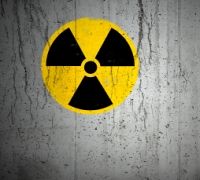

A new updated edition of L126 - Approved Code of Practice and Guidance for the Radiation (Emergency Preparedness and Public Information) Regulations 2019, has been published which incorporates some changes regarding arrangements for medical surveillance.
This Guidance provides supporting good practice advice for operators and local authorities about preparedness and response arrangements for radiation emergencies, in accordance with the Radiation (Emergency Preparedness and Public Information) Regulations SI 2019/703 (REPPIR).
Details of the Regulations and guidance
The Regulations apply to work with ionising radiation but they apply mainly to licensed nuclear sites.
They set out the legal duties and the ACOP and guidance give practical advice on how to comply with those requirements. The guidance is aimed at operators to help with the evaluation of hazards and assessment of consequences, and for local authorities on the duties to establish emergency planning zones and make emergency plans.
The Regulations came into force on 22 May 2019, and contained new requirements for emergency planning, in particular:
Change to guidance regarding arrangements for medical surveillance
A change has been made to the guidance under, concerning the arrangements for medical surveillance in the event of an emergency exposure from the previous version, which was published in 2019.
This change can be found in paragraphs 529 and 530 in the new edition which replace paragraphs 388 and 489 in the previous version.
An additional threshold equivalent dose has been added of 100mSv to the lens of the eye, and a clarification of any relevant dose limits which is replaced by the dose limits for the skin or extremities. Further clarifications have been made to these paragraphs to clarify the intent and nature of the medical surveillance that is required in the event of an emergency exposure.
For more information, see: